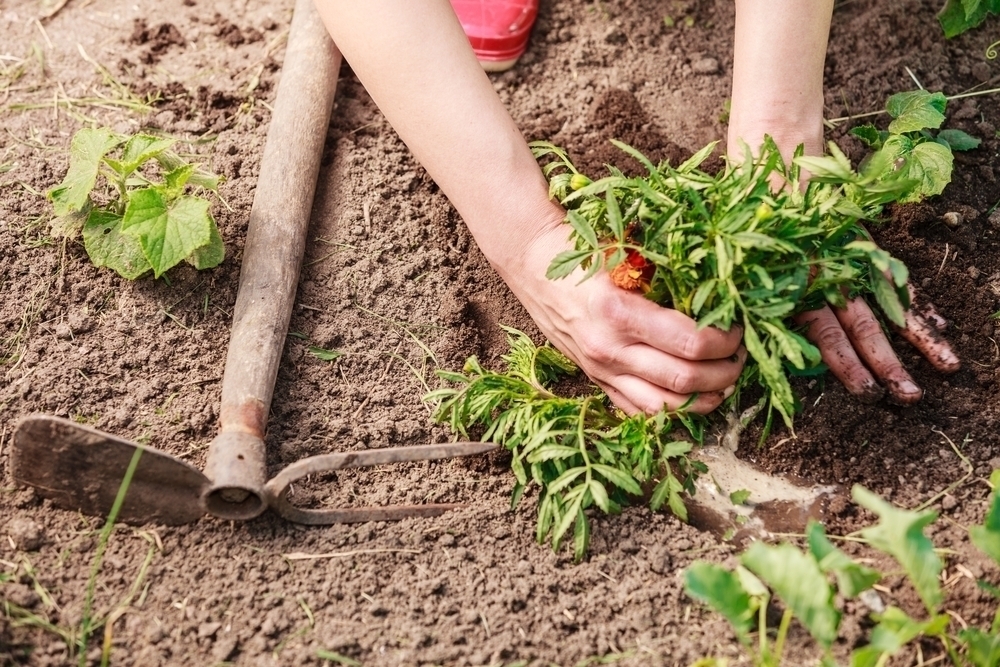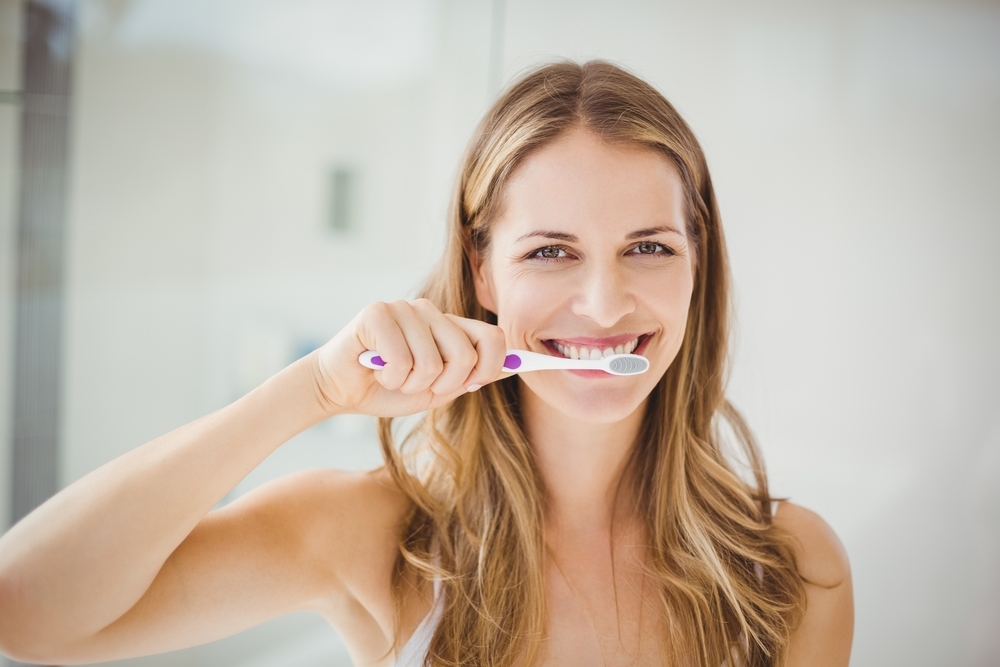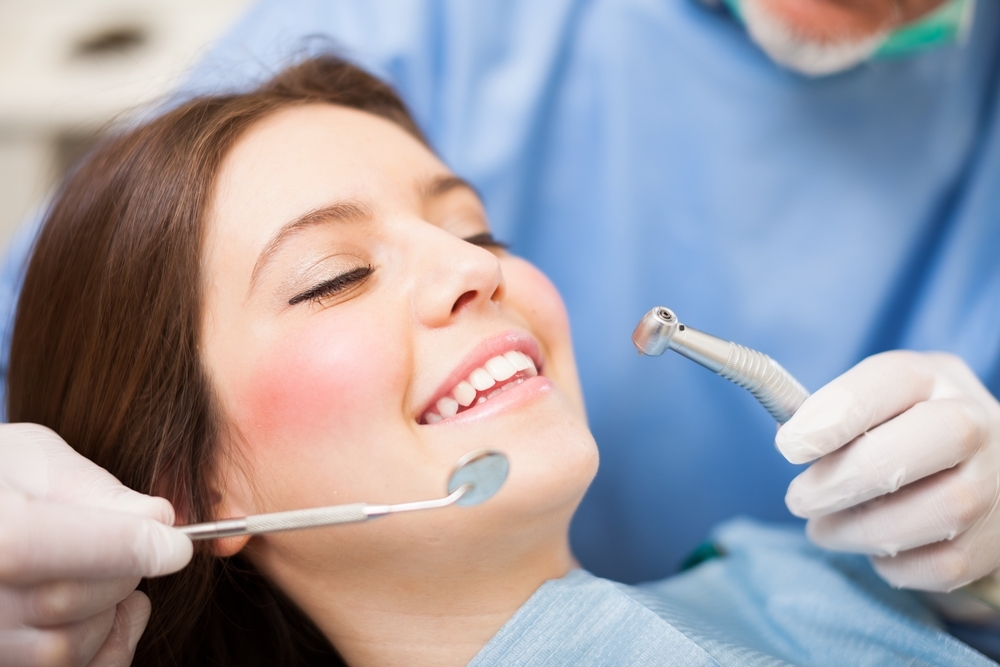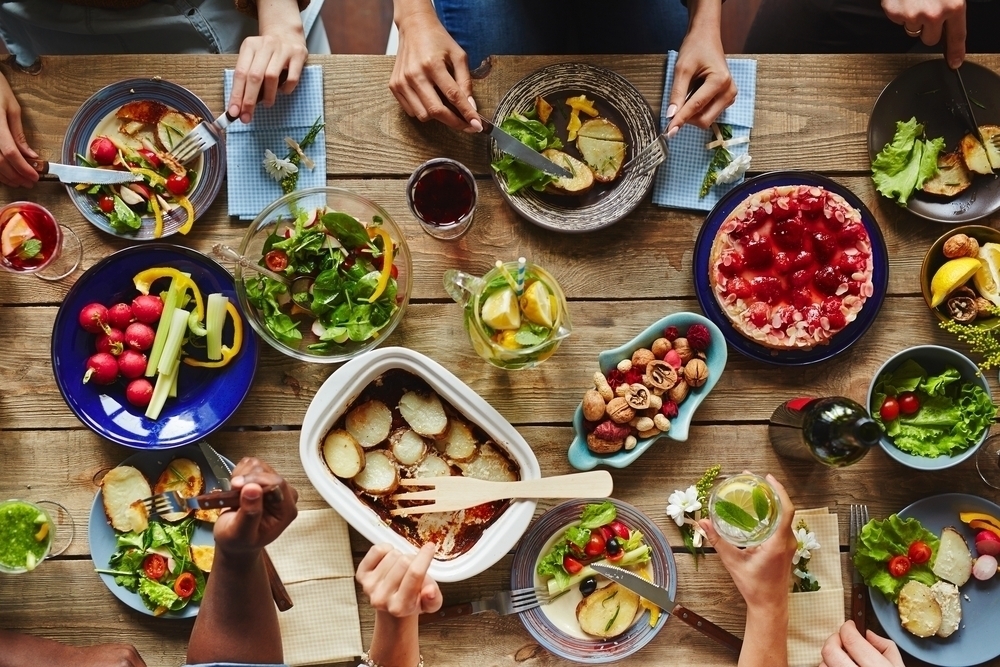“A person’s a person, no matter how small.” What a lovely thought for a child to contemplate. This is a quote f5om Dr. Suess’s “Horton Hears A Who!” If you’ve ever read to your children, you do not need to be told that it is the right thing to do. Reading to your children is an act as natural as breathing. It becomes obvious with each question they ask and each phrase they memorize. However, if just the act in itself isn’t enough to convince you, here are some more scientific examples of how your relationship with your child is enriched by sharing bedtime stories.
The Research
According to the Reid Lyon, the behavior branch chief of the National Institute of Child Health and Human Development, “Neural research shows that when parents and caregivers interact verbally with children–which includes reading to them–kids learn a great deal more than we ever thought possible.” Reading to a child can help the child develop morals and creativity, and children are never too young to start.
The Benefits

Develops Communication
Reading a story to your baby helps them to develop their listening, memory, and language recognition skills. It is also a good way to give them the chance to hear words they might not hear otherwise, especially ones which are less likely to come up in everyday speech. Bedtime stories can also improve a child’s memory. You will find that with repetition, children will begin to remember dialogues and story lines, and will often chime in with a spoiler or two.
Creates Routine
Children like to know what’s coming next. Reading a story is an assuring way of letting your child know its time for bed. Not only does the routine element keep stress levels down, the activity itself calms them and helps them sleep better at night.
Increase Imagination
Sometimes, it is hard to believe children’s imaginations need any stimulation, but listening to a story and looking at pictures gives them ideas and helps to motivate their creativity. Reading to children encourages them to question behaviors and develop comprehension skills and increase general cognition.

Stronger Bond
If you’re a parent you know that nothing is better than cuddling up with your child after a long day. Adding books to that experience can strengthen the bond between you by engaging in a shared activity.
Good Habits
When you read to your children, you are instilling them with a love of books. You are their greatest inspiration and the behavior you model is the behavior they’ll imitate. Although it may be hard for busy parents to carve out time to read to their children, bedtime can be a great opportunity to pass on an invaluable gift.
What are your children’s favorite bedtime tales? Let us know what you recommend for giving children the sweetest dreams.


























